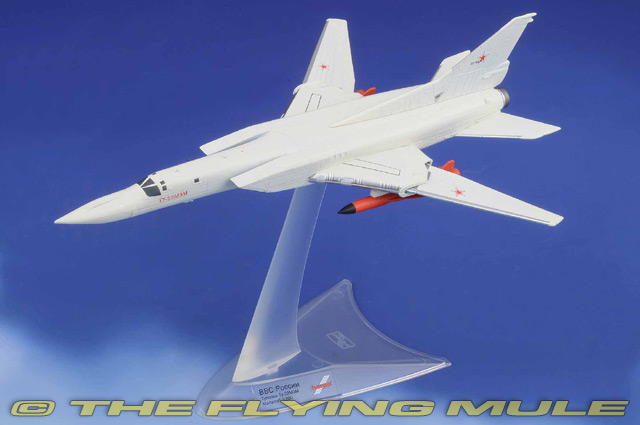
More than 50 years after the first flight of the prototype, the TU-22M long-range bomber represents a serious weapon system. To ensure that this remains the case for years to come, a modernization program is currently underway for some of the aircraft that are still operational. The modernizations make the bomber powered by two powerful jet turbines the TU-22M3M, which made its maiden flight in prototype form in December 2018. A special feature of the bomber is its wings, which can be adjusted from 20 to 65 degrees, and the good take-off and landing characteristics, which allow an economical cruise flight for a long range or fully swung back to enable speeds up to twice the sound range. The TU-22M3 is also capable of launching cruise missiles against targets from a long distance and thus does not get into the dangerous area of enemy air defenses. Until 1993 the manufacturer in Kazan had built 514 TU-22M of different series, most of them in the M3 variant. There are at least 60 of these left today, not all of them are ready for use and not all of them can be brought up to the M3M standard. These include, above all, the use of improved navigation and communication systems. Tupolev Tu-22M3M Backfire-CDesigned as a supersonic, long-range strategic and maritime strike bomber, the Tu-22M was first flown on August 30th, 1969. The Tu-22M is part of the Tu-22 family but is distinct in its variable-sweep wings, allowing it to operate at both subsonic and supersonic speeds. It has a range of approximately 6,800 kilometers (4,225 miles) and can carry a variety of weapons, including cruise missiles, anti-ship missiles, and free-fall bombs. Its primary role is strategic bombing, but it also serves as a maritime strike platform, capable of engaging naval targets with its anti-ship missile armament. While the Tu-22M has seen decades of service, its role in the Russian Air Force continues to evolve, contributing to strategic deterrence and maritime capabilities. The aircraft remains a symbol of Cold War-era strategic aviation and reflects Russia's commitment to maintaining a versatile and capable bomber force.© Copyright 2003-2024 The Flying Mule, Inc. Herpa 1:200 WingsThe Herpa "1:200 Wings" range presents detailed, ready-made diecast models of civilian and military aircraft in 1:200 scale.Herpa "1:200 Wings" diecast airplanes feature:
© Copyright 2003-2024 The Flying Mule, Inc. | |||||||||||
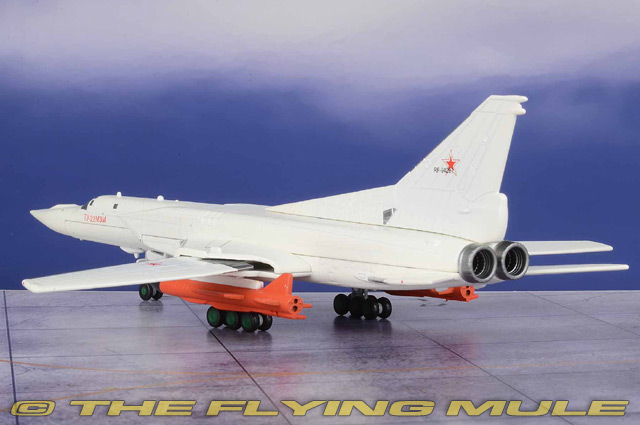 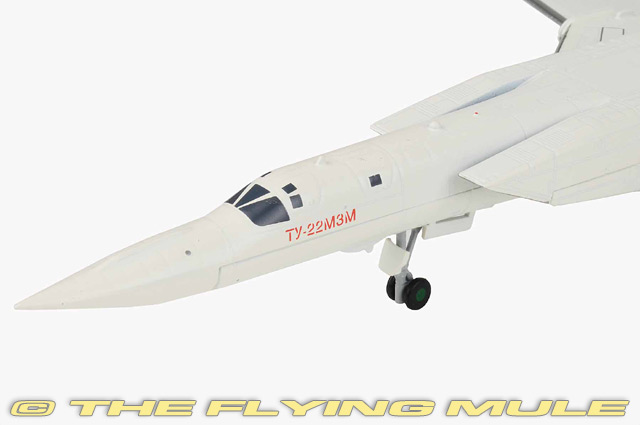 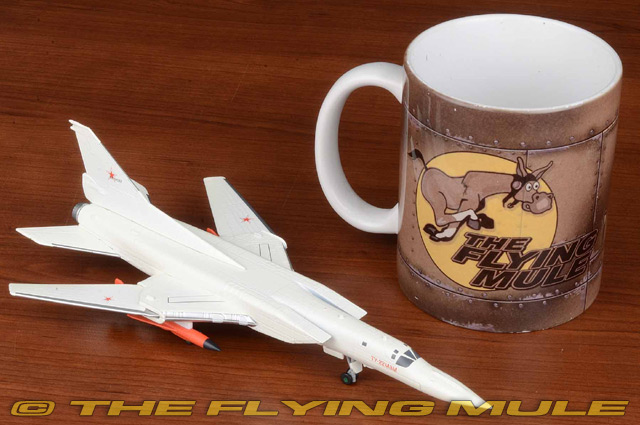  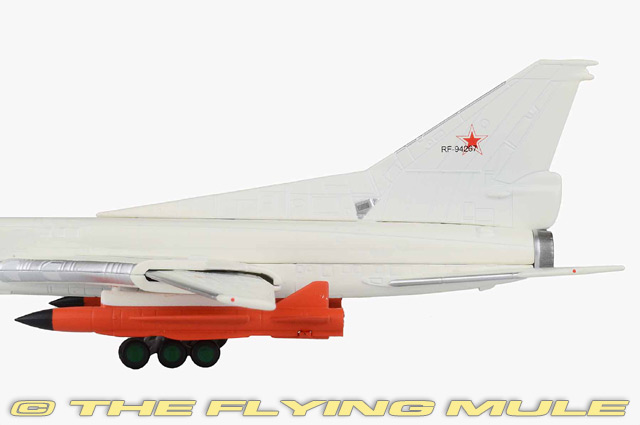  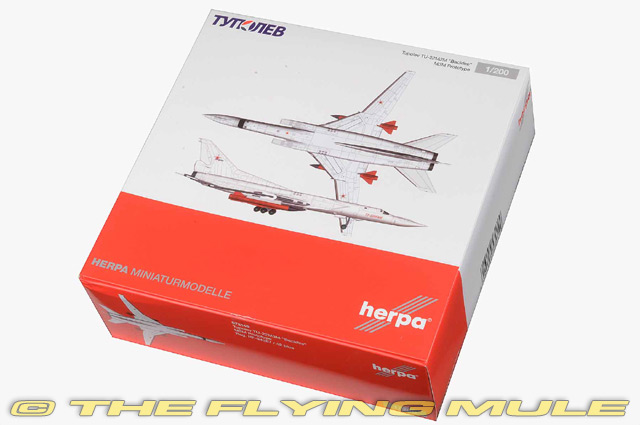 |